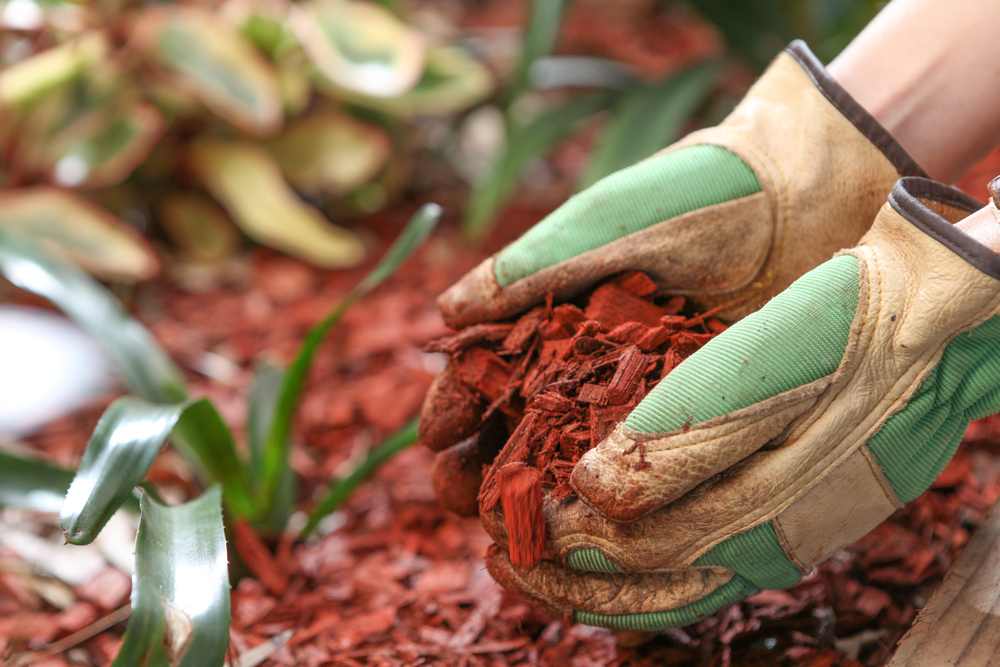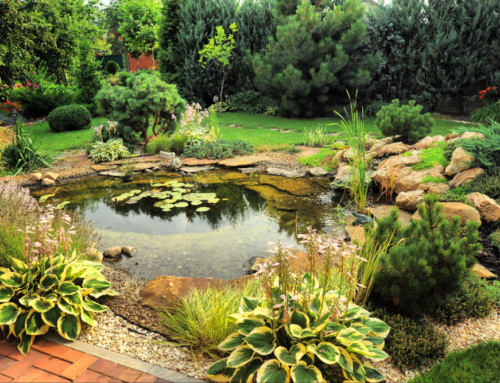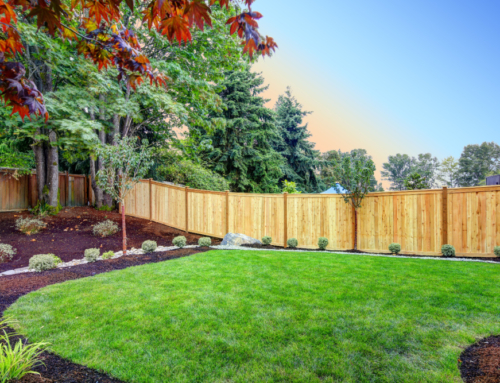Mid-to-late spring is undeniably the best time to mulch your commercial property. In any case, the weather is warm and the ground is perfect for a new, fresh layer of mulch.
Moreover, mulch has a lifespan of about 6-10 months, meaning it will naturally wear out, and you have to replace it in good time. A nice layer of mulch can go a long way to keep weeds at bay, protect your plants from the scorching sun and help retain moisture in the coming summer.
Nonetheless, mulching your property can be confusing sometimes, especially if you don’t have any prior experience in landscaping. So today, we are going to cover a few commercial landscaping tips that you should try out to keep your property neat and thriving throughout the year.
How Much Mulch Do I Need?
Knowing how much mulch your property needs is crucial since laying too much mulch could suffocate and damage your plants. On the other hand, laying too little mulch could allow weeds to grow and form a nice hiding place for mice, slugs and other pests.
If your gardens and flowerbeds have an existing layer of mulch, then it is only logical that you refresh the beds with 1 to 2 inches of fresh mulch. Doing so will help improve drainage, prevent erosion, insulate your plants and restore the color of your landscape.
For a coarser alternative, you could consider laying 3 to 4 inches of fresh mulch. However, make sure you don’t suffocate your plants by spreading the mulch evenly to cover bare spots and allow air and water through.
If your landscape beds are new, you need up to 4 inches of mulch to create a moisture barrier and insulate your plants from weather changes. However, you should take extra care since too much mulch could prevent nutrients from reaching the roots of the plants.
In areas where you don’t want anything to grow, you can lay as much mulch as you want. This will help maintain the overall look of your landscape with the rest of the yard.
In case of any challenges, consider consulting a landscape professional in your area for help. The landscaper will assess your landscape and determine the appropriate amount of mulch you need for your gardens.
What Type of Mulch Is Best for My Property?
There are two types of mulch, including organic and inorganic mulch. As the name implies, inorganic mulches are manufactured in the factory, and they include geotextiles and black plastic. Conversely, organic mulches are created from chopped leaves, grass clippings, wood chips, sawdust, shredded bark and other living matter.
You don’t have to be a professional landscaper to know that organic mulch is the best for your commercial landscape. In any case, organic matter provides numerous benefits to your plants and soil. For purposes of this explainer, we are going to explore two options only, including wood and pine straw.
- Wood Mulch
You can extract wood mulch from hardwood, pine, cypress and cedar, among many other types of hard trees. The beauty of using wood much is that you can select the color and texture of your mulch. Whether you want it shredded, chipped, mini nuggets or double milled, wood mulch is the perfect option. Moreover, it works well in any type of landscape and it has a longer lifespan compared to other types of mulch.
- Pine Straw
Pine straw is a needle-like straw that comes from the pine tree. Pine needles are great for landscaping, thanks to their distinct color and texture. When laid in large batches, they can help accent your lawn, prevent the growth of weeds and control runoff and erosion.
One of the major benefits of using pinestraw is that it is highly porous, which can be beneficial to your landscape beds. The porous straws allow plenty of moisture to reach the plants and at the same time, the structure of the straws allow weed seeds to fall through thus preventing them from taking root. The only concern is that you have to replace pine straw mulch frequently since they break down more quickly.
Cost of Buying Mulch
The cost of buying mulch largely depends on its quality and availability. Moreover, the size of your property as well as the scope of the project will determine the overall cost of buying mulch and landscaping your garden beds.
Pine straw mulch is widely and readily available, hence competitively priced. Wood mulch, on the other hand, is a bit pricey but worth the price since it does not break down easily, meaning you will only need to change it once or twice a year.
Always Mulch in Spring Before the Weather Heats Up
Mulching your landscape beds way before summer can help protect your plants from heat stress, prevent erosion and conserve moisture.
For more information on how to mulch, please don’t hesitate to contact us. We would be glad to help!






